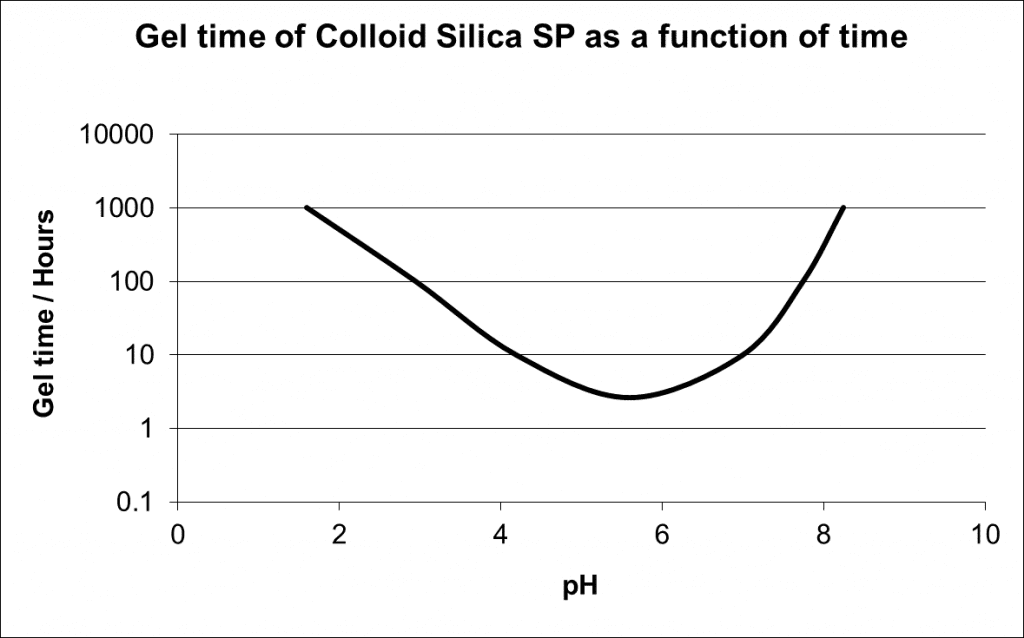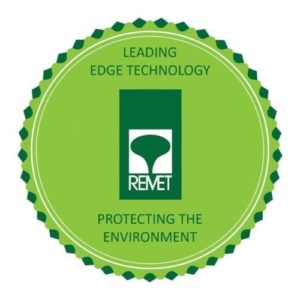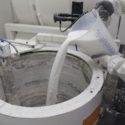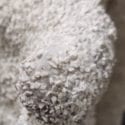AdBond® QuikSet™ – A technical comment
Introduction
Due to the success of my earlier article discussing the benefits of the FastForm™ wax product line, I thought I would discuss another new innovative product within the Remet Product portfolio -AdBond® QuikSet™. QuikSet is a novel polymer formulation which dramatically reduces the drying time of shells and allows for much quicker re-dipping. QuikSet is a polymer additive for alkaline slurries, so all material referred to below is applicable to alkaline slurries. QuikSet would be ideal in the following applications:
- Transfer from alcohol to water based slurries – The change from alcohol to water based slurries can cause many drying issues and QS is the closest material which can mimic the drying behaviours of alcohol slurry systems.
- Less than ideal environmental conditions – in environments of high or low humidity or airflow, the QuikSet formulation will work well and reduce drying related defects within the process.
- Blind holes or deep channels – in areas where airflow is low, QuikSet will improve drying in these areas, reducing defect in these regions.
Polymers – Nothing new?
Polymer additives were first introduced to shell systems over 30 years ago. The addition of the polymer affects the green strength of the shell during drying and autoclave de-wax while also improving dry time. Following burnout, the polymer is no longer present which creates voids, weakening the shell to allow for easier knockout. While cooled, the shell exhibits similar strengths to a shell system with no polymer, allowing for easy shell removal. This can be seen within figure 1 below. Polymer developments have also gone from strength to strength (excuse the pun!) with further developments in polymer technology.

Figure 1 Development of strength with different generations of polymer
With this increase in strength, issues of BoilerClave cracking and drying defects are greatly reduced. However, although the drying is improved, the drying times are still quite long and delay the processing of components within the process.
Drying/Gelling Methods
Firstly, drying of a shell is sometimes misleading when it comes to building a shell. The terms “dry” refers to a shell with perhaps 0% water content. This is both impractical and not possible in normal processing conditions. What is worth noting is that a shell needs to be sufficiently strong to withstand re-dipping forces like slurry/sand abrasion and the increase in weight on the previous layer.
Perhaps in later articles I will go into more depth, but at present, it is worth saying that there are mainly two ways to “dry/gel” a shell. These include pH change and water removal. The first is a well-known phenomenon within the PIC industry. A drop in pH towards neutral means the silica particles join up causing gelling. This can be seen in the graph within figure 2.

Figure 2 Gel time of alkaline slurries as a function of pH
The second method is by removing the interstitial water between the silica nano-particles to allow them to join up, causing a rigid 3D matrix. This method is the one used throughout the industry and is proven as the preferred method.
Quikset – What is different?
To understand how QuikSet attains superior drying performance, we must firstly look more closely at the mechanism of drying at the interface. The removal of water occurs at the interface between the airflow passing the shell and the wet shell. This causes the outer layer of the shell to dry and lock in moisture through the thickness of the shell system. This then tends to slow the drying process and reduce the water removal efficiency of the shell system. This can be seen within Figure 3.

Figure 3 Simplified gelation of slurry within a shell system (a) ungelled slurry (b) gelation of traditional polymer shells
For QuikSet, the novel formulation allows for these channels to remain open to the airflow, therefore maximising water loss to the environment. This increase drying efficiency leads to the quicker drying of the shell. Secondly, it also reduces any susceptibility to environmental fluctuation within the process also and makes the overall drying process more robust.

Figure 4 Gelation of QuikSet Slurry
How does QuikSet effect my shell?
Work has been completed in lab and process scenarios with the QuikSet polymer material. Within the lab the following results for MOR and permeability.

Figure 5 Strength analysis of Standard shell vs. AdBond QuikSet
Secondly, the permeability is also increased which aids with de-wax and pouring.

Figure 6 Permeability analysis of Standard shell vs. AdBond QuikSet
Summary
AdBond QuikSet is a novel polymer formulation which greatly improves the drying efficiency of your shell system. In our case study, which you can read here, you can see how a shell can be made and poured in one day with excellent results.
Disclaimer
Contact your nearest REMET Sales Office regarding product specifications.
Contact your REMET Territory Manager or visit www.remet.com if you have any questions or require additional information.
Information and/or recommendations based on research and technical data believed to be reliable. Offered free of charge for use by persons with technical skills, at their own discretion and risk, without guarantee of accuracy REMET makes no warranties, express or implied, and assumes no liability as to the use of its products or of any information pertaining thereto. Nothing herein is intended as a recommendation to infringe any patent.
< Back to insights



